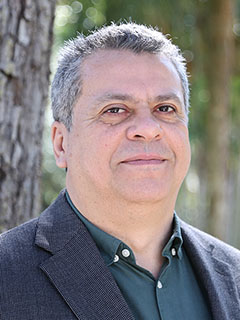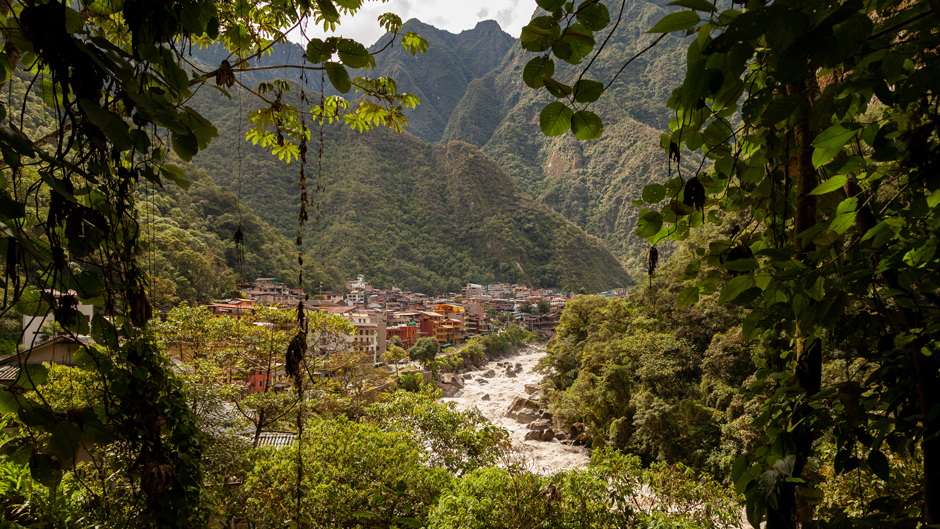Earth Day often calls to mind the environmentalists and activists leading the charge for a sustainable planet. But researchers like Leonardo Schultz and José Maria Cardoso da Silva at the University of Miami College of Arts and Sciences are proving that mathematical modeling can also revolutionize approaches to environmental challenges.
Schultz, a Ph.D. student in the Department of Mathematics, has collaborated with Cardoso da Silva, chair of the Department of Geography and Sustainable Development, in developing a model to determine how sustainable societies truly are.
They have created a groundbreaking tool to address some of the most pressing environmental challenges. This tool, called the Sustainable Development Pathway Index (SDPI), uses mathematical principles to assess the “development pathways” of different regions—essentially, the track they’re on in terms of balancing human needs and environmental preservation.

The SDPI highlights the fact that human development relies on two critical components: “ecological infrastructure” and “socioeconomic infrastructure.” Ecological infrastructure refers to the natural systems that provide essential resources like clean air and water. Socioeconomic infrastructure encompasses the human-made systems that support societies, such as healthcare, education, and transportation.
“In simple terms, my research is a model of how different possibilities can change sustainable outcomes,” Schultz explained. “Societies themselves are systems, and math provides useful tools to analyze these complex systems and project how they are going to change in the future. For mathematicians, it’s a fruitful field in which we can use the tools that are already developed. A lot can be done in this field.”
Central to Schultz’s current work is the application of the SDPI to real-world situations, making it a vital tool for policymakers. Schultz, Cardoso da Silva, and their colleagues have applied the SDPI to areas ranging from the Brazilian Amazon to the entire Americas.
The vision behind this work, according to Cardoso da Silva, has been methodical and far-reaching. The main idea was “to develop the index, test the index in three different continents, and develop a model that decision-makers or governments can use in order to identify the most sustainable development pathways,” he explained. This systematic approach has allowed the researchers to create a tool with practical applications.

Their findings, which were recently published in the journal Ecological Economics, reveal the intricate relationship between a region’s ecological health, its socioeconomic development, and factors like population and land area. The researchers found that unsustainable development pathways are the norm throughout the Americas, and that population size is one factor that limits the possibilities for sustainable development pathways. Their findings also suggest that putting more emphasis on conservation and ecosystem restoration, as well as education, across countries could foster more sustainable development pathways.
The researchers also highlighted “socio-climatic hotspots,” areas that are particularly vulnerable to the combined impacts of unsustainable development pathways and climate change. Most of these hotspots, they found, are in Central America and the Caribbean, areas the researchers argue should be prioritized in efforts to foster climate-resilient development.
Schultz emphasized that societies can’t expand human-made systems indefinitely without impacting the natural world. Deforestation, pollution, and resource depletion threaten the world’s ecological infrastructure. If societies use up resources faster than they can be replenished or damage ecosystems beyond their ability to recover, he said, they jeopardize the well-being of current and future generations.
Schultz indicated that more work needs to be done to refine researchers’ understanding of sustainable development pathways. For now, the SDPI demonstrates the impact quantitative methods such as mathematics can have on efforts to ensure a sustainable future for the planet.

